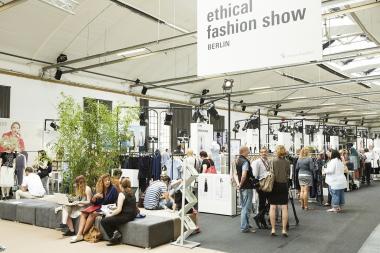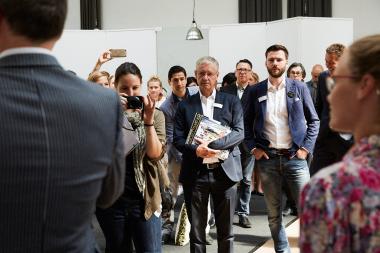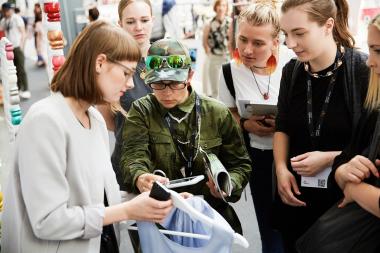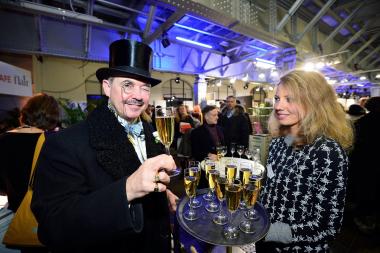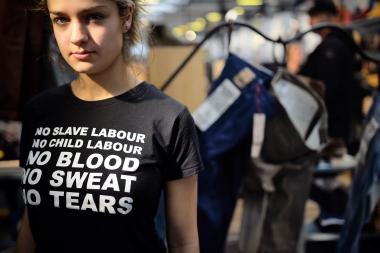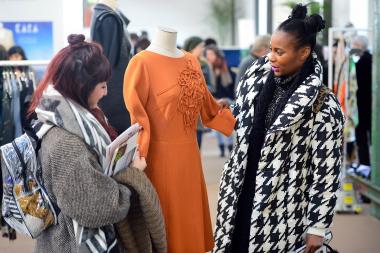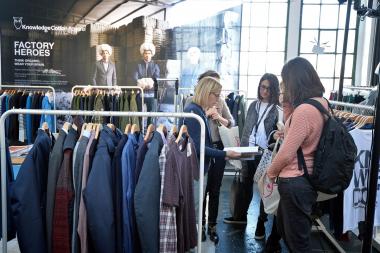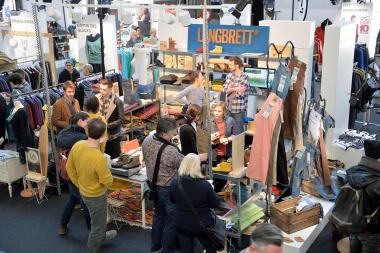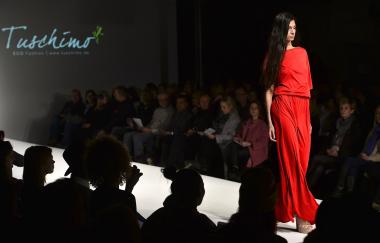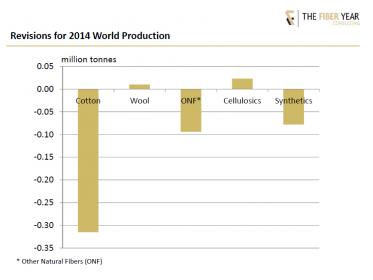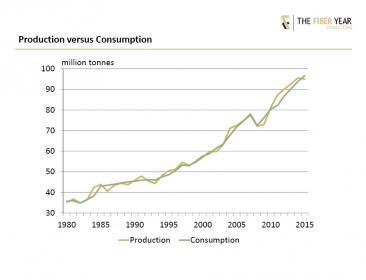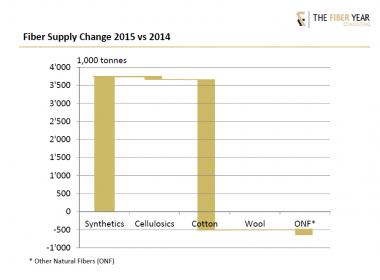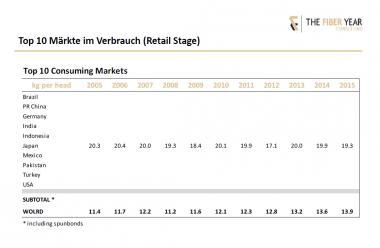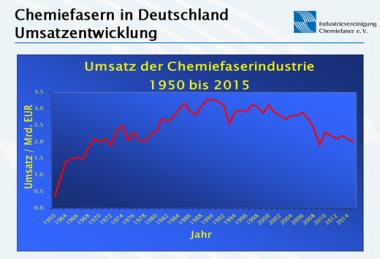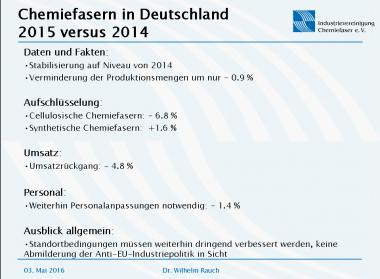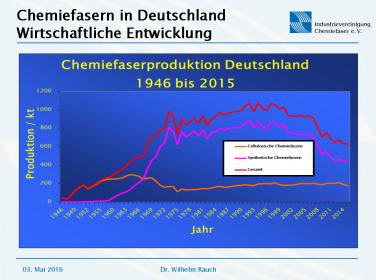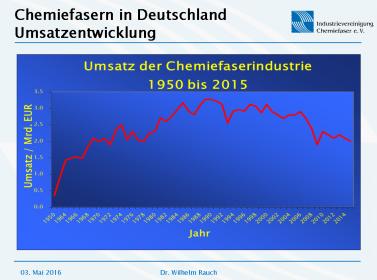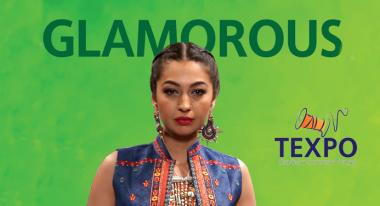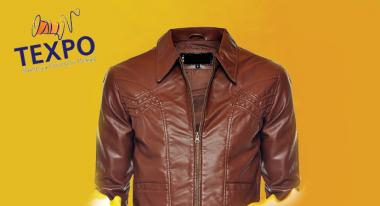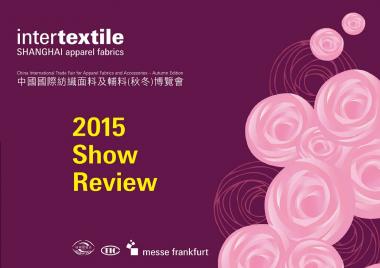GREENSHOWROOM & ETHICAL FASHION SHOW BERLIN: PLAIN SAILING INTO THE WINTER SEASON
- New exhibition area at the Club
- Key topic "ActiveSlow": design and performance meet resource efficiency and recyclability
Enlarged surface area and strong support from exhibitors: excellent signs for Greenshowroom and the Ethical Fashion Show Berlin as they enter the busy preparation phase. 'The booking situation for both trade fairs is highly promising. We have a number of strong labels on board, including both global pioneers and up-and-coming newcomers from the eco fashion segment', says Olaf Schmidt, Vice President Textiles & Textile Technologies at Messe Frankfurt. From 17-19 January 2017, visitors can look forward to an inspiring product range and the largest exhibition surface area the trade fair duo has so far enjoyed on the site of the Berlin Postbahnhof.
Greenshowroom is all about highquality labels presenting contemporary styles. The highlights on the upper floor of the Postbahnhof include Ackermann Taschenmanufaktur with its timelessly elegant bags made from olive leaf-dyed cow leather and aged chamois tanned deer leather – designed and made at the company's own manufactory in Lüneburg. Living Blue, a premium label from northern Bangladesh, will present its new products once again. It creates superb accessories and fashionable pieces using local craftsmanship and home-grown organic indigo dye. New to the trade fairs is the Dutch-New to Greenshowroom: Rhumnaa South African newcomer label Rhumnaa. The designers at Rhumnaa get their inspiration from the stories of South African artists and develop high-quality fashion lines.
The streetwear segment at the Ethical Fashion Show Berlin will also sparkle with numerous top players. With ShineConcept, Johanna Riplinger presents her second line in the casual segment. The new women's outerwear collection is based on the use of organic cotton that has been enhanced by pure vegetable dyes and is fairly produced in India. Langbrett from Berlin promises trendy clothing, art and zest for life for city residents who surf and is thus one of the major emerging labels at the Ethical Fashion Show Berlin. Remei presents its new Naturaline collection: shirts, sweaters, trousers and more made from sustainably produced organic cotton for the whole family. Lanius will present a collaboration with Kunert, a premium expert in hosiery. Their special focus is on colourful knit groups and new developments in the merino wool segment, namely Lanius ecowool. And the Danish label Amov will celebrate its début at the trade fair – stylish, minimalistic and long-lasting everyday favourites. In January, the Danish newcomers will unveil their third main collection, which has been developed by designer Winnie Wilki Fristrup. The Ethical Fashion Show is developing not only in terms of quality, but also space, and will be expanding its surface area: an additional exhibition area will be created in the Club at the Postbahnhof. The expansion of the surface area has been made possible by moving the fashion shows to the neighboring Energieforum.
Key topic "ActiveSlow"
Progressive design and performance in combination with resource efficiency and recyclability are the central themes of the winter season. In a showcase entitled "Active Wear +", Manufactum and ESMOD Berlin International University of Art for Fashion present a selection of prototypical functional clothing. Selected exhibitors from both trade fairs will also present design innovations that are characterised by their particular focus on resource efficiency, slowness and recyclability. More in-depth information will be provided at the panel discussion entitled: "Save the sea: the issue of textile shedding into water bodies".


